
OR
Nepal’s population growth rate drops to 80-year low at 0.92 percent per annum in the past decade
Published On: May 6, 2024 09:30 AM NPT By: Republica | @RepublicaNepal
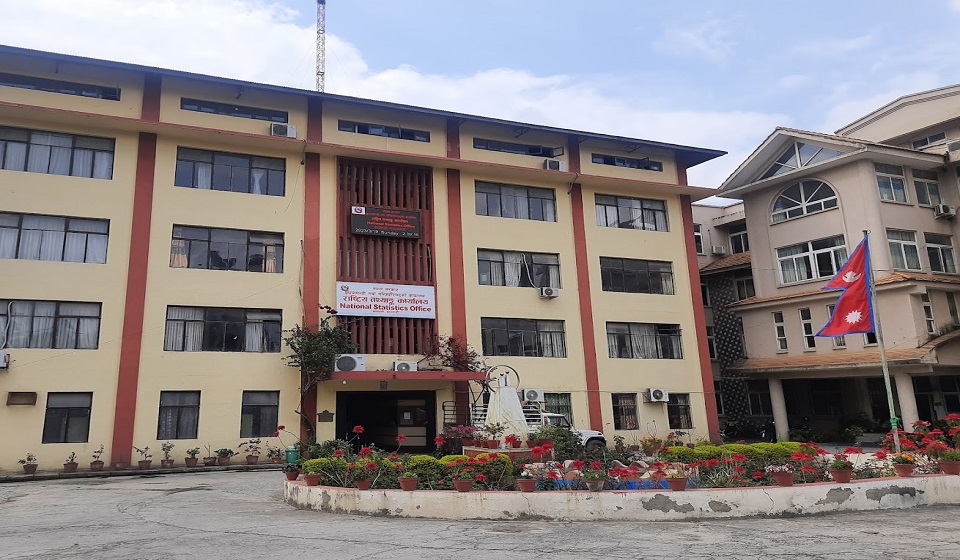
National average of life expectancy reaches 71.3 years with male life expectancy of 68.2 years and female of 73.8 years
KATHMANDU, May 6: Nepal’s population growth rate stood 0.92 percent per annum in the past one decade, which was the lowest in 80 years.
Unveiling the report on demographic indicators on Sunday, the National Statistics Office (NSO) showed that the population growth rate was less than one percent per year during the review period. Dhundi Raj Lamichhane, director of the NSO, said the population growth at the lowest level compared to the statistics of the last eight decades.
According to the NSO, the population of the country is around 29.2 million at present. During mid-April 2011 and mid-April 2021, Nepal’s population grew by 2.7 million. The growth rate in Lumbini Province was the largest at 13.8 percent.
Likewise, the national average life expectancy of the country has reached 71.3 years. Male life expectancy stands at 68.2 years while that of females is 73.8 years. The NSO records show that average life expectancy of Nepalis increased by 21.5 years in the past four decades.
Region-wise, people living in Karnali Province have a life expectancy of 72.5 years, the highest of all. In this province, women's life expectancy is 75.5 years, which is more than the figure of men. Lumbini Province has the lowest life expectancy of 69.5 years. The life expectancy figure is 70.4 years in Koshi Province, 71.3 years in Sudurpaschim Province, 71.8 years in Madhesh Province, 72.1 years in Gandaki Province and 72.4 years in Bagmati Province.
In 2021, the infant mortality rate went down to 17 per 1,000. The figure was 40 per 1,000 babies in 2011.
The reproductive rate has reduced to 1.94 children per woman, which is less than the replacement level of 2.1 children per woman. The average age of giving birth by a woman is 26.9 years in Karnali Province, while it is 28.4 years in Bagmati Province.
The study of five year data shows that the internal migration rate was the highest in Gandaki Province, which witnessed migration of 4,027 people per 100,000 during the review period. In Karnali Province, the internal migration rate was 3,700 per 100,000 of population, while it was the lowest in Bagmati Province that had 54 per 100,000 of population.
In five years, a total of 3,752 people out of 100,000 of the population migrated abroad. Sudurpashchim posted the largest figure of 7,359 people per 100,000 of population, which was followed by Gandaki Province and Lumbini Province in second and third positions, respectively.
You May Like This
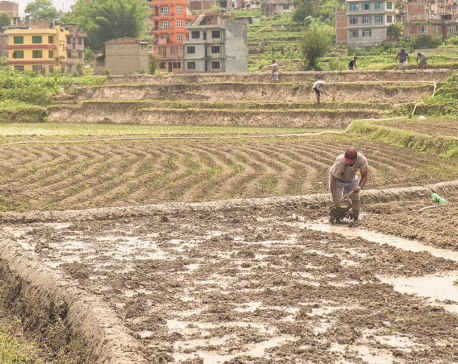
Nepal's cultivable land area shrinks by 300,000 hectares to 2.2 million hectares over the past decade
KATHMANDU, Sept 7: Nepal's arable land area has declined by 300,000 hectares in the past decade. The Seventh National Agricultural... Read More...

Economic growth of all seven provinces to slump this year
KATHMANDU, May 17: Bagmati Province is projected to achieve the least economic growth rate in the current fiscal year. ... Read More...

Nepal’s economic growth to be limited to 2.16 percent in current FY
KATHMANDU, May 2: The economic growth rate of the country is expected to be almost four times lower than the... Read More...

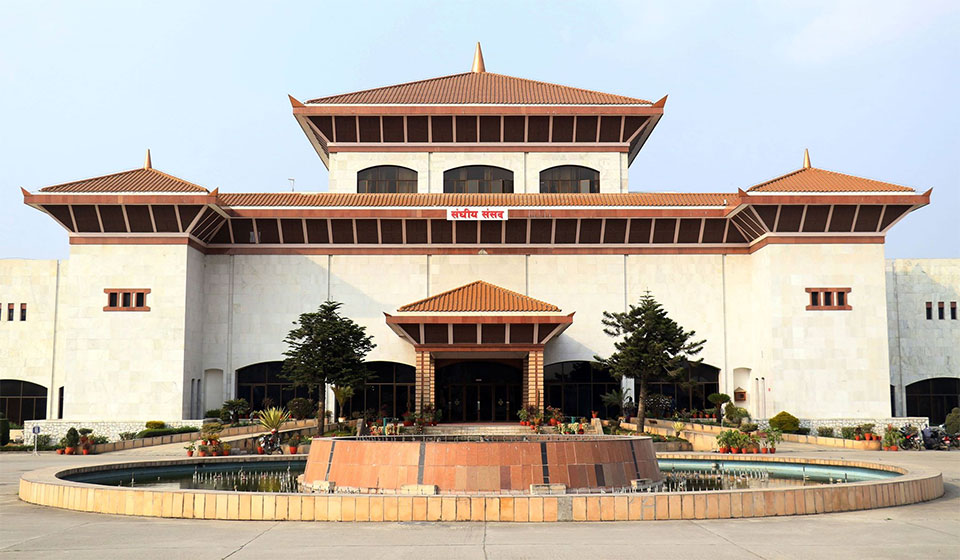
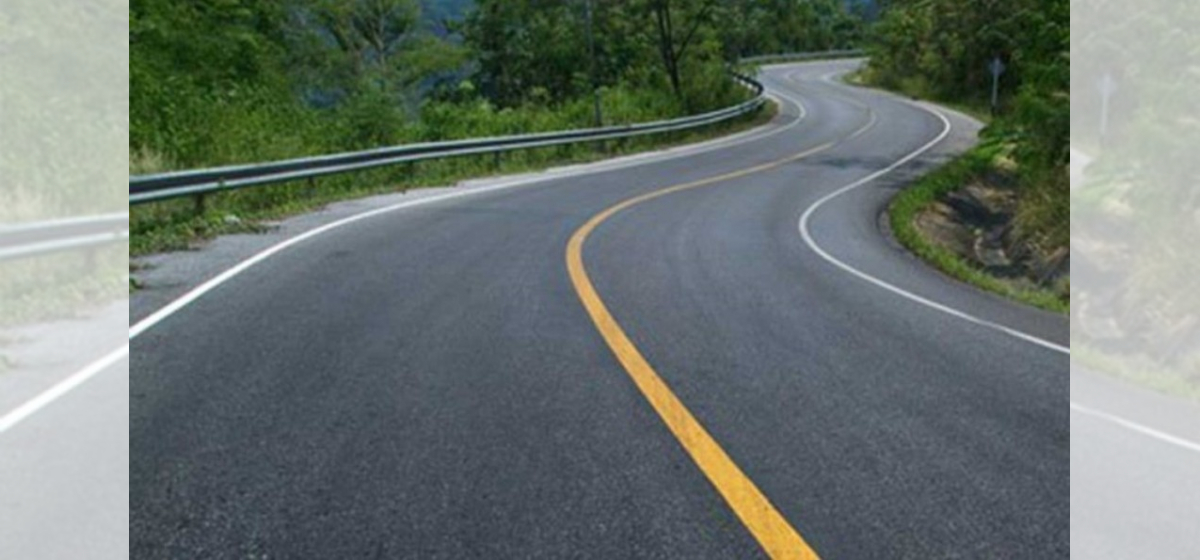

Just In
- Nepali man fighting alongside Russian army in Ukraine: "They are killing me, save me!"
- Parties agree to form parliamentary probe committee to investigate cooperative fraud case
- Foreign investment commitments reach Rs 53 billion in 10 months, Rs 2.15 billion approved via automated system
- Prithvi Highway Expansion: Deadline extended by five months on eastern section from Jamun to Ambukhaireni
- Nepal’s outbound spending surpasses inbound revenue
- Cricketer Lamichhane gears up preparation for T20 World Cup
- Japan's parliament passes bill to allow joint custody for divorced parents
- 372 drug peddlers arrested in Jhapa in 10 months



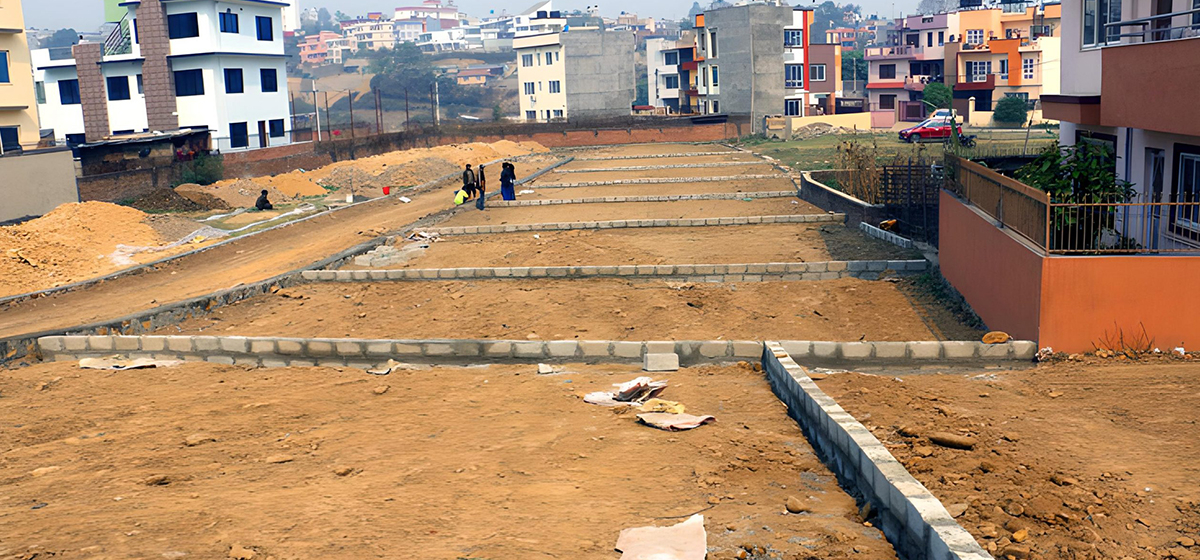


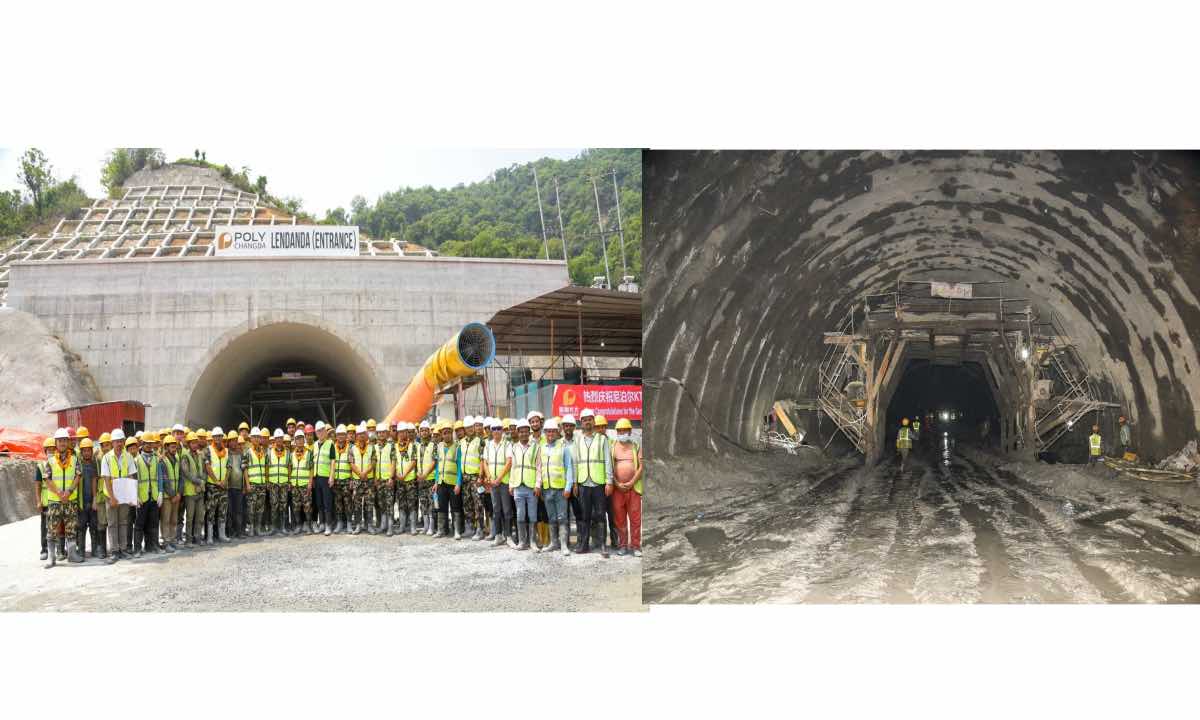
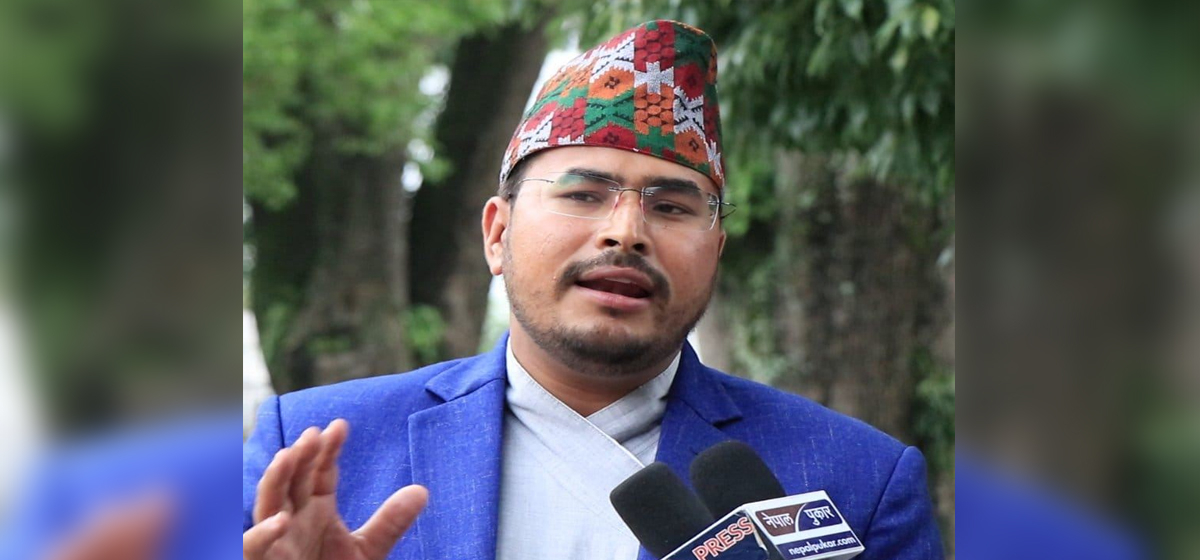




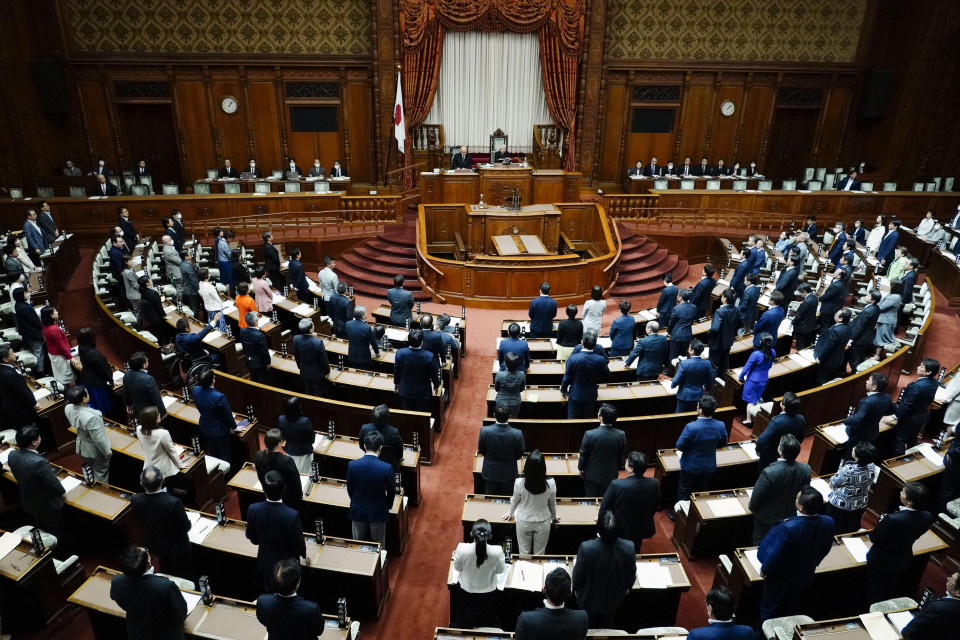

Leave A Comment